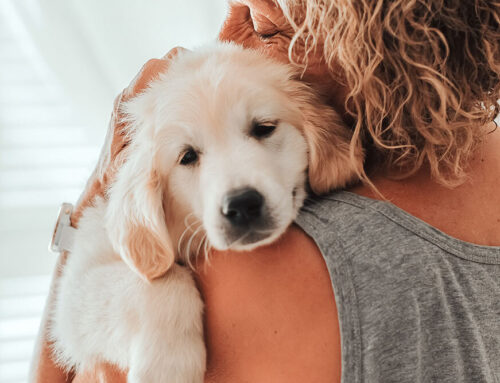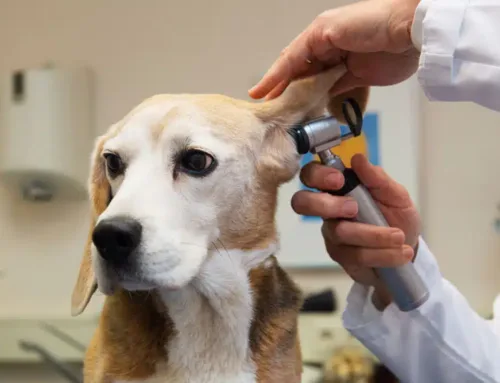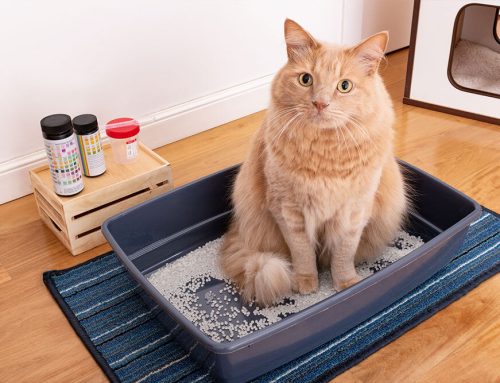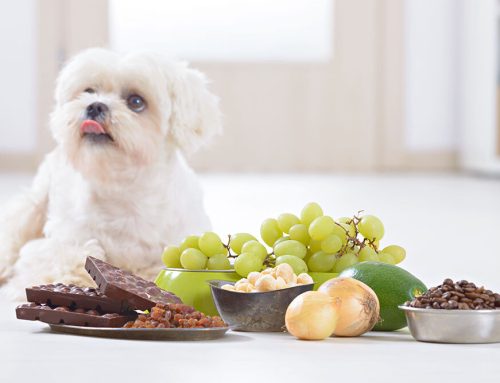We brush and floss our teeth on a daily basis, but we still visit our dentist for professional cleanings and evaluations. Our pets should receive the same concern regarding their dental hygiene, since it is such an important component of their overall well-being. To give every pet the advantage of a healthy mouth, Fairfax Veterinary Clinic utilizes the COHAT protocol.
What is a COHAT?
A COHAT is more than a simple dental cleaning. It encompasses the entire oral cavity, earning the title of comprehensive oral health assessment and treatment, or COHAT. When you schedule a COHAT for your pet, she will receive more than just a good tooth brushing—a thorough, rigorous examination will highlight any problem your four-legged friend may have, and we will follow through with an appropriate treatment plan.
What are the steps of a COHAT?
A COHAT is not just a simple teeth cleaning—it is a complex, full-day procedure.
- Physical examination
Signs of dental disease are typically noted during a routine wellness visit, but they occasionally warrant their own office call. During this examination, we will determine the extent of your pet’s dental disease as much as she will allow, and will check on all other aspects of her health. - Preanesthetic bloodwork
A physical examination provides us with basic knowledge about your pet’s health status, but before she can be safely anesthetized, we need to ensure that her internal organs are functioning properly. Checking kidney and liver function is especially crucial, since these two organs metabolize anesthetic medications. Ensuring that your pet is healthy enough to undergo anesthesia is an extremely important part of a COHAT procedure. - Sedation administration
Your pet is always treated as an individual, receiving a personalized anesthetic protocol based on her age, weight, breed, and health status. After determining the appropriate plan for your pet, we will administer a light sedative and a pain reliever to help her relax and to prevent pain during the procedure. - Intravenous catheter placement
Once your pet is feeling more relaxed, we will place an IV catheter. This allows us to administer fluids during anesthesia to maintain good blood pressure. If the unthinkable occurs, we will also have immediate access to her vein, allowing administration of life-saving drugs. Placing an IV catheter provides another level of protection for your pet. - Induction of anesthesia
After an IV catheter is placed, your pet is ready to undergo full anesthesia. Anesthetic medications are administered through the IV catheter, fully sedating her. Once she is completely relaxed, we will place an endotracheal tube into her airway. This allows us to keep your pet under anesthesia with the administration of a gas anesthetic, the safest form of anesthesia. Using this tube, we also supply oxygen and can breathe for your pet if necessary. Any time your pet undergoes anesthesia, she is fully monitored by our highly trained team, using the latest technology in monitoring equipment. Just like in human hospitals, we believe in keeping tabs on blood pressure, heart rate and rhythm, respiratory rate and effort, temperature, and numerous other vital signs. We undertake continuous intensive training to hone our skills to keep your pet safe. - Thorough oral examination
Few pets will open their mouths and say “ahhh” for our veterinarians before sedation. Once your pet is anesthetized, we can check for masses, probe periodontal pockets, and grade your pet’s dental disease. - Dental radiographs
An important component of a thorough oral examination is full-mouth dental X-rays. With much of the tooth below the gum line, we can’t evaluate 60 percent of it without the help of X-rays. Checking the health of the root and surrounding bone can reveal signs of disease or decay that can’t be seen by the naked eye. - Scaling
To begin removing tartar, we clear away large chunks with a special pair of forceps. Once these large pieces are removed, we go over the teeth in finer detail, removing every last bit of tartar above and below the gum line. - Polishing
Scaling produces microabrasions on the surface of the teeth, allowing tartar to accumulate more quickly. To combat this, we polish the teeth to a smooth, even finish. - Recovery from anesthesia
After a complete dental cleaning, barring any extractions, mass removals, or other treatment necessary to return your pet to top dental health, we will recover your beloved companion from anesthesia. During the entire recovery stage, we closely monitor your pet, using the same monitoring equipment and parameters used during anesthesia. - Home-care plan
Perhaps the most critical part of a COHAT is the aftercare. A thorough dental cleaning is wasted if preventive care isn’t performed at home. Depending on your pet’s preference, we may recommend treats, chews, brushes, toys, or diets that will entice your furry friend into enjoying a dental health care routine.
Is your pet due for a COHAT? Give us a call to set up an oral examination appointment.








Leave A Comment